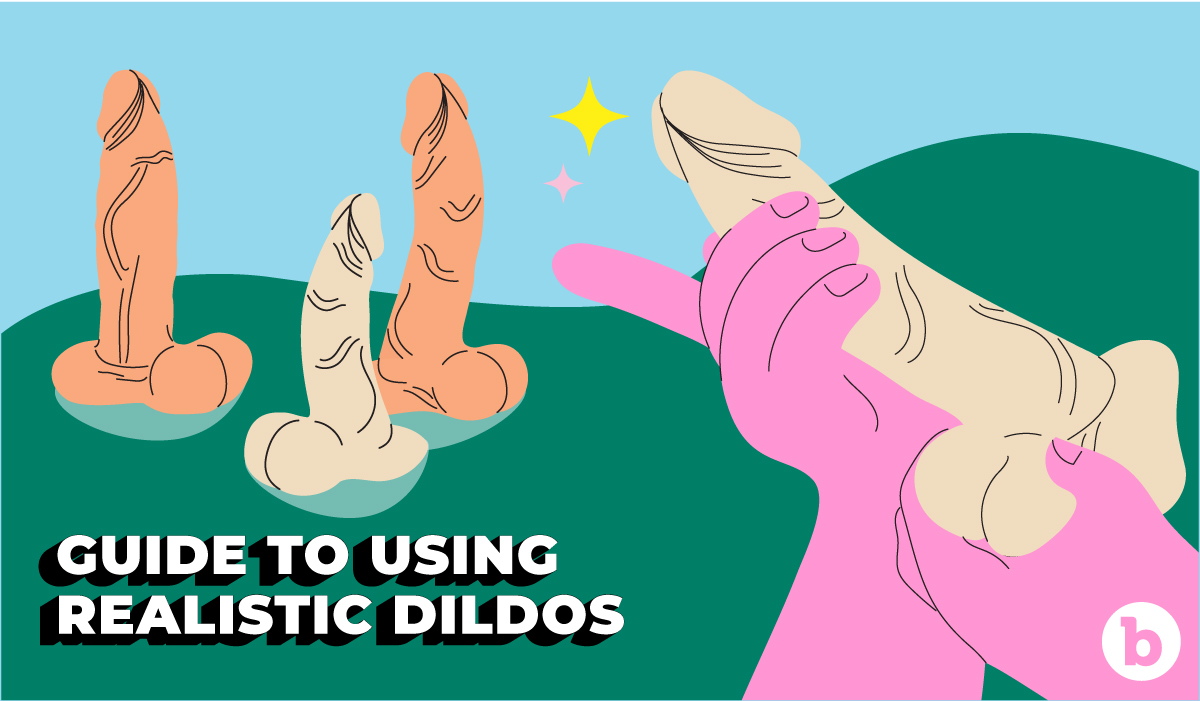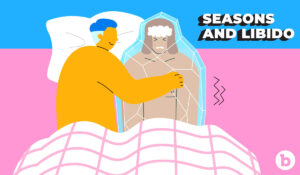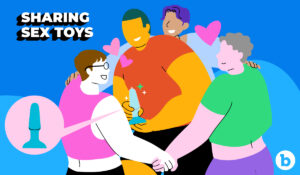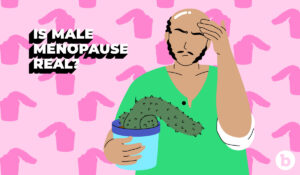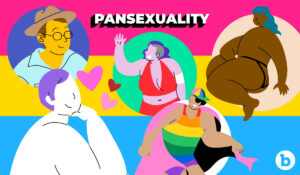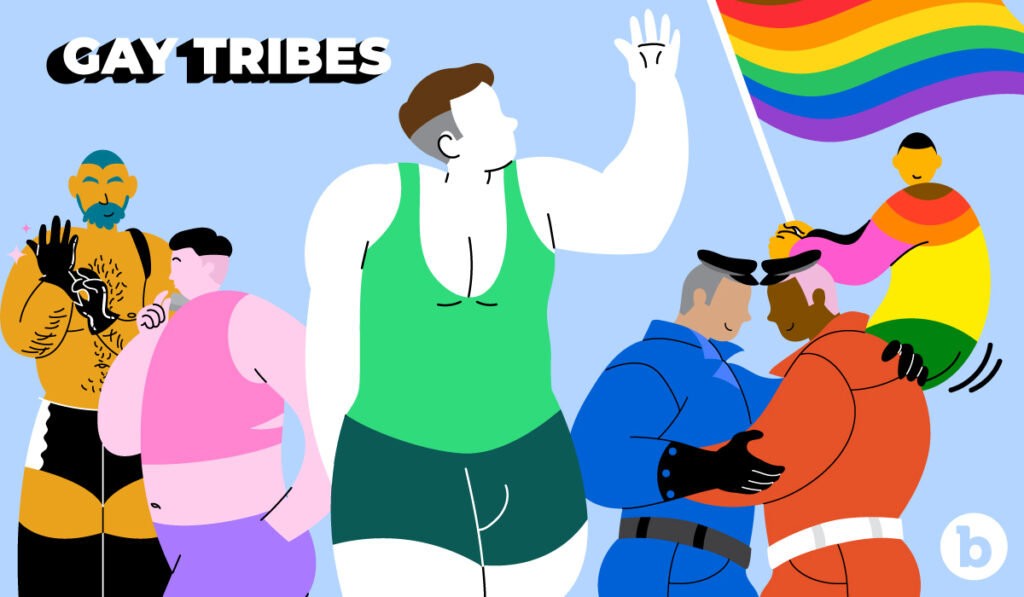
Gay Tribes 101
Within the LGBTQ+ community, the notion of gay tribes has emerged as a complex and multifaceted phenomenon. These tribes, characterized by shared identities, interests, and experiences, offer both, a sense of belonging and a platform for self-expression. However, they also raise questions about inclusivity, stereotyping, and division within the community.
In this article, we're going to explore what gay tribes are and learn about the benefits and challenges associated with them.
What are gay tribes?
Gay tribes are typically categorized as social clusters of gay men primarily defined by their physical attributes. This concept gained popularity through Grindr, the leading dating app for gay men. Within Grindr, there's a feature enabling users to select their "tribe" and express interest in specific groups or tribes.
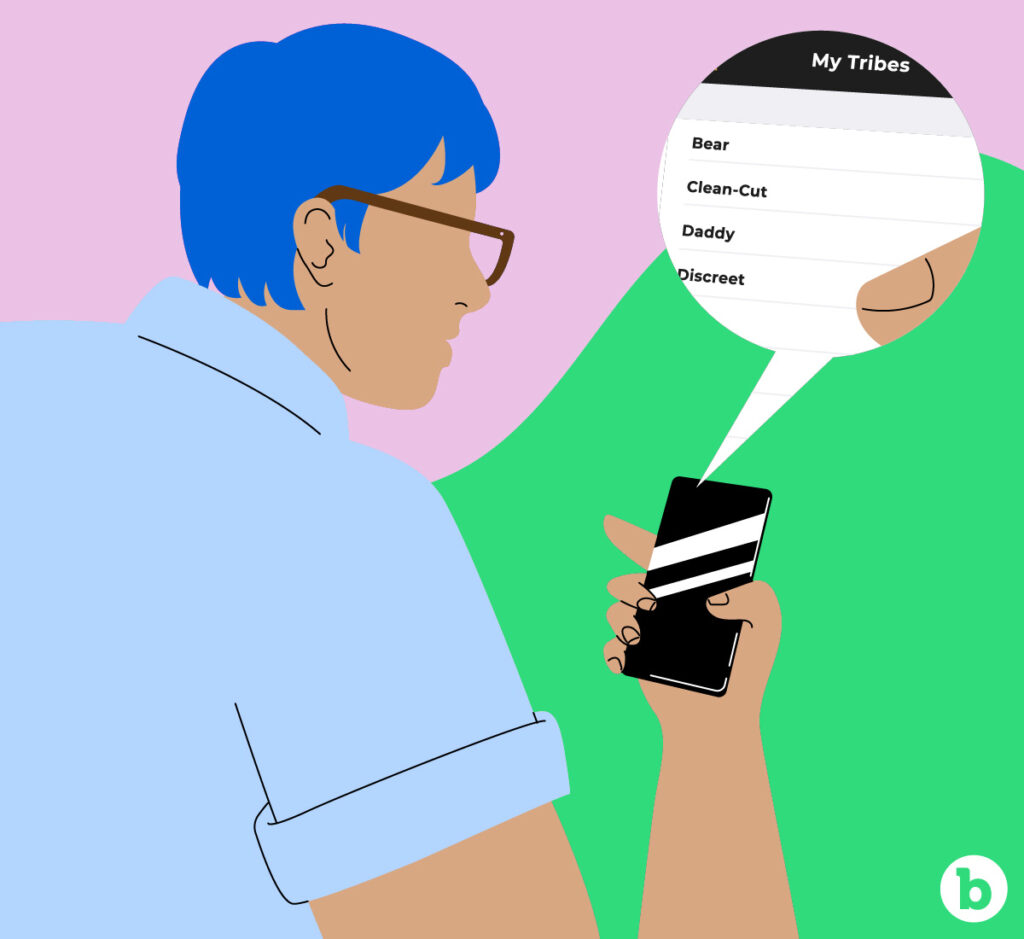
While the notion of gay tribes has faced criticism for potentially pigeonholing individuals within the gay community, the practice of gay men organizing into distinct groups predates the era of dating apps. The "Bear" category, now recognized as one of these tribes, traces its origins back to the late 1970s and early 1980s. During this time, closeted gay men adopted such identifiers and congregated at parties.
Publications authored by members of the gay community also contributed to this categorization, grouping gay men based on their physical attributes and other characteristics, often naming them after animals like bears, otters, and wolves. This classification system facilitated swift self-identification among gay men and allowed them to signal their preferences without attracting undue attention.
The different types of gay tribes
Let's acquaint ourselves with some of the most familiar types of gay tribes:
Gym Bunny
A gym bunny's primary goal is to achieve a near-perfect physique. A gym membership would be the ultimate gift for a gym bunny.
Bear
Bears stand as one of the oldest gay tribes, distinguished by their name and unique characteristics. Originating in the 1980s, bears have cultivated a robust community ever since. The term typically refers to mature men adorned with facial and body hair, often boasting a sturdy and robust physique. Those sporting salt-and-pepper hair are occasionally dubbed 'Grizzlies'.
Muscular bears are occasionally referred to as 'Muscle Bears', sometimes distinguishing themselves from those with a higher fat-to-muscle ratio. The primary hallmark of a bear is their abundance of body hair, and they also tend to exhibit dominant traits in their nature.
Leather
The leather tribe comprises individuals who are drawn to leather as a kink, which may or may not involve BDSM practices. In instances where BDSM is involved, leather whips, chains, and restraints are commonly used during play.
Outside of BDSM contexts, the leather aesthetic is often expressed through attire such as leather pants, boots, jackets, and other clothing worn at parties, festivals, and pride parades. Additionally, the biker subgroup is often associated with this community.
Otter
Otters represent another subset within the gay male community, distinguished by their hair and slightly rugged appearance. Unlike bears, otters are typically younger and leaner.
Similar to other gay tribes, otters use specific symbols to represent themselves, often featuring a paw print motif. As otters age, they may transition into the bear community.
Twink
Twinks refer to younger gay individuals who are defined by lean fit or skinny physiques and sport a more youthful appearance. Twinks tend to have a smooth, hairless appearance and are frequently stereotyped in the media as bottoms.
There are many other gay tribes to add to this list, including wolf, clean-cut, twunk, jocks, rugged, trans, daddy, geek, and discreet, to name but a few.
The positives of gay tribes
There are numerous positives associated with gay tribes. Firstly, they foster a sense of belonging among many gay men, helping them locate their place within the broader gay community.
Gay tribes can be seen to serve as a reflection of the vast diversity present within the gay community, and the wide range of tribal identities illustrates the multitude of ways in which gay men opt to articulate their identities.
Through recognizing and embracing these tribes, the gay community encourages its members to embrace authenticity. Some view it as a step towards acceptance, ensuring that every gay man feels acknowledged, listened to, and appreciated.
The issues with gay tribes
On the positive side, gay tribes offer a sense of belonging and community for individuals who may feel marginalized or isolated. They provide spaces where people can connect with others who share similar experiences and interests, fostering support networks and friendships. Additionally, tribes can serve as a platform for self-expression and exploration of identity, empowering individuals to embrace their authentic selves.
While tribes can provide a sense of belonging for some, they may also contribute to divisions within the community, potentially leading to segregation and a lack of unity among LGBTQ+ individuals.
Many argue that the concept of gay tribes can lead to exclusionary behavior within the LGBTQ+ community, where individuals may feel pressured to conform to certain stereotypes or face discrimination if they do not fit into a specific tribe.
The categorization of gay men into specific tribes based on physical appearance or other characteristics can perpetuate stereotypes and overlook the diversity and complexity of individual identities within the LGBTQ+ community. Some individuals may feel pressured to conform to the norms and expectations associated with their chosen tribe, which can impact their sense of self and authenticity.
Furthermore, certain tribes may receive more visibility and recognition than others, leading to disparities in representation and potentially marginalizing those who do not align with the dominant tribes.
To address these issues, the LGBTQ+ community must promote inclusivity and acceptance, celebrate diversity, and recognize the value of every individual regardless of tribe affiliation. By fostering a culture of respect and understanding, we can create a more inclusive community where everyone feels valued and supported in their journey towards self-discovery and empowerment.
